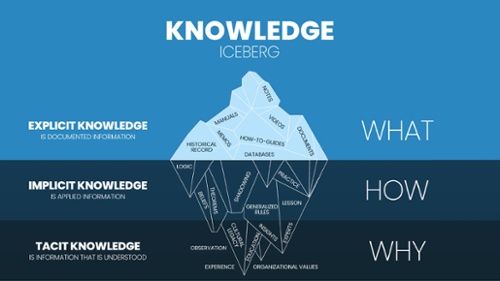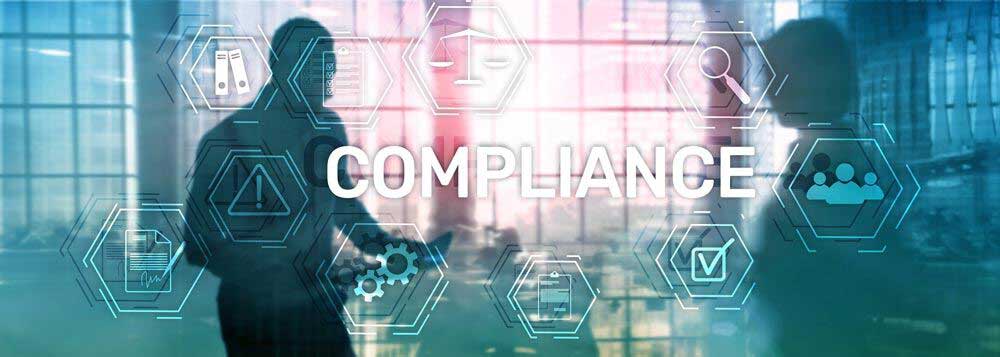Information Architecture, RAG, and AI
Organizations, including those in the industrial and energy sectors, are beginning to realize the potential of AI. Companies are witnessing...

Over the past decade, there have been several high-profile incidents involving high-pressure, unregulated pipelines. July of 2010 saw one of the largest in-land spills in history affecting 35 miles of the Kalamazoo River in Michigan. This was quickly followed in September of 2010 with the San Bruno, California explosion where 8 people perished. The Yellow Stone River in Montana suffered major oil spills twice, both in 2011 and 2015. Though it has been a decade in the making, the U.S. Department of Transportation’s Pipeline and Hazardous Materials Safety Administration (PHMSA) has issued the third instalment of a set of compliance measures known as the Mega Rule. The Mega Rule sets out to bring an estimated 400,000 miles of unregulated pipelines into compliance with new safety regulations, bridging gaps between operator responsibilities and accountability. The Mega Rule has been rolled out in three stages, with the third stage currently being implemented.
Depending on how much of the almost 400,000 miles of unregulated pipeline an organization is responsible for, that could be quite a lot. Even pipelines that were built before 1970 and had previously fallen under the “grandfather clause” - which has now been eliminated – will be subject to the new guidelines.
The increasing fragility of the environment, coupled with population growth and density near pipelines, has resulted in increased scrutiny of the safety and integrity of pipelines and the transport of explosive materials, and testing and reporting practices. Up until the release of Mega Rule, the standards and regulations primarily focused on “high consequence areas” and testing requirements. The definition of ‘high consequence’ and ‘low consequence’ areas has been expanded to include operations that manufacture, gather, distribute, and transport hazardous liquids and gases.
Companies must take an organized and procedural approach to risk mitigation when developing internal processes and systems. Information must be Traceable, Verifiable, and Complete at all times to ensure compliance with regulations in general and Mega Rule in particular. Documentation must be accessible in multiple, often remote, locations through a variety of mediums. In addition, there are extensive training requirements to ensure operators and staff are all well-versed in the execution of these new measures. With the knowledge that proof of compliance and the regulations themselves are continually evolving, incorporating a content strategy that is designed to allow for updates and iterations is a sound consideration for maintaining compliance frameworks and respective costs.
“The final rule establishes new standards for identifying threats, potential failures, and worst-case scenarios from an initial failure through the conclusion of an incident. Based in part on recommendations from the National Transportation Safety Board, the rule:
The volume of content that needs to be created and updated covers everything from the new guidelines for the classification of gathering lines to the creation of procedures that address the current gaps from transition areas where the pipelines meet refineries and plants is extensive. Additional challenges will arise for companies that have experienced mergers and have not synchronized processes and documentation sufficiently and those that encounter incomplete or missing information or have fragmented information across multiple locations and sources. Adopting a content strategy as early as possible in the process will help overcome these challenges in such a way that is cost-effective and supports the goal of improved safety procedures and compliance reporting across the organization.
A key component of the foundation of complying with Mega Rule is content development. Working with a content solutions partner offers the flexibility to tap into a network of individuals who are experienced at asking the right questions to develop the right kind of content where it is needed. Engaging additional resources from these skilled professionals, or outsourcing the entire project, will help governance officers meet their deadlines.
In addition to developing the documentation and content required, these content specialists will ensure there is built-in functionality that will serve to save time and money going forward. One aspect of this is making sure the content is accessible by the right person at the right time. Digital information assets are enhanced through metadata, keywords, and tags so that content is easier to find and repurpose for other applications.
This can be particularly helpful for compliance and safety where the same data or information is utilized many times for different purposes or reports. Properly developed content systems are an effective tool for data collection, centralized records, updated asset information, testing programs, material verification, sampling programs, written procedures, incident reporting structures, emergency response, and pipeline integrity management programs.
The next step applies information architecture to the documentation. Information architecture enhances content usability through contextual and intelligent content delivery, and content modeling. By layering the user experience on top of the metadata and taxonomy, we create intuitive interfaces that allow users to navigate content quickly and efficiently.
Investing in all these resources to create a compliance framework and program that works can be a costly proposition. It is easy to create a whole database of great content and process asset libraries, but how do you know if it will work? The answer is prototyping. Our Content Solution teams will put the processes to the test by building small-scale prototypes of templates and systems so organizations can pilot projects to test their content, layout, tools, and functionality before making large-scale investments in time and resources.
Taking a content-first approach to meet the Mega Rule requirements through a content strategy is a worthwhile investment. Tight timelines, limited resources, and the challenges of information gaps are easily addressed through the engagement of content professionals. Whether your organization needs help with findable documentation, creating a system that is easy to navigate with information architecture, or ensuring the full process works through prototyping, we can help you build your compliance framework meet Mega Rule and other regulations.

Organizations, including those in the industrial and energy sectors, are beginning to realize the potential of AI. Companies are witnessing...

In today's fast-paced digital landscape, businesses are generating and consuming vast amounts of information and knowledge at an unprecedented rate....

5 Reasons Why Compliance Frameworks Should Start with a Content Strategy